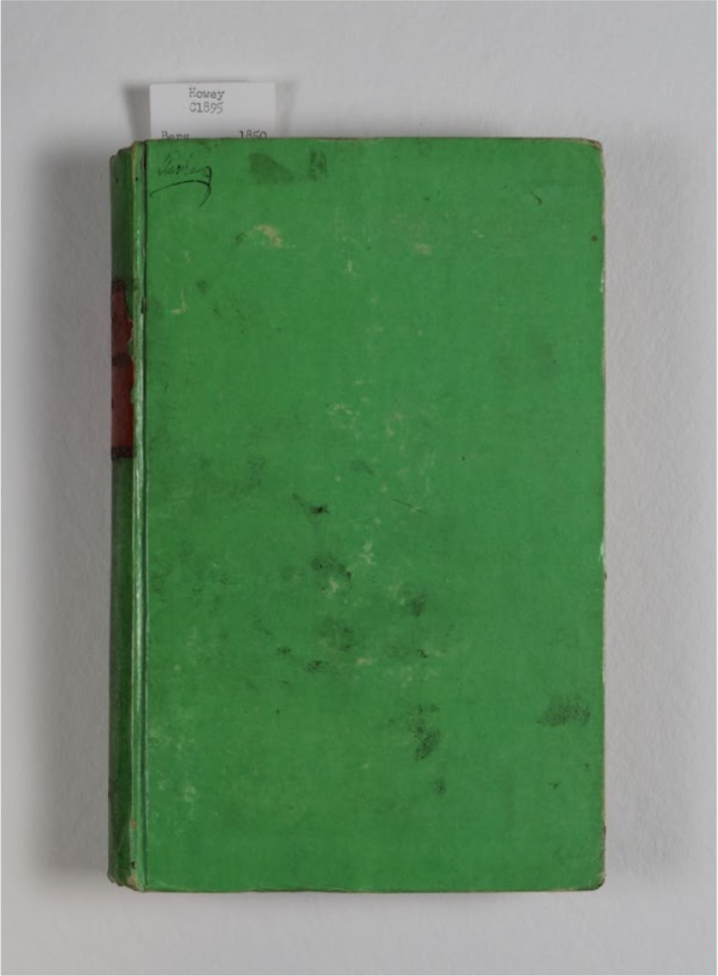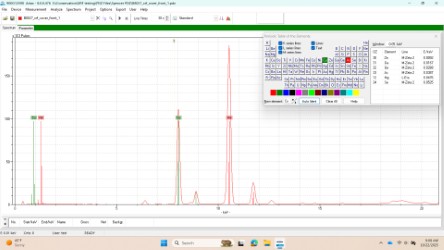How to Spot a Poison Book

In 1775, the chemist Carl Wilhelm Scheele developed a striking shade of green that proliferated in the Western markets, creating a cultural phenomenon that could be — and in some cases was — deadly. Scheele’s green, a brighter and cheaper pigment to produce than previously popular shades, was one of many arsenical compounds that was used in soap, clothing, wallpaper, and even food for much of the nineteenth century. But the arsenic present in Scheele’s green (and pigments like it) can still be unsafe when handled for extended periods, which means a book that contains this Victorian Era pigment could pose its own risks today.

Step One: Publication Date
At the beginning of the nineteenth century, bookbinders began constructing their own covers separately from the main textblock of each book. This, along with the introduction of a new cover material called bookcloth, allowed Victorian Era book covers to be elaborately dyed and decorated with an array of pigments; Scheele’s green and Paris green (or emerald green, or copper acetoarsenite) being the most arsenic-rich among them. Tracking these new developments, arsenical bookbindings are most likely to be found between the years 1820 and 1880, when the pigments began to be phased out slowly and irregularly across different regions. Because of this, any green book published in the nineteenth century could be a contender.

Step Two: Pigment
Arsenical pigmentscan take many forms, but they are most associated with the vibrant, almost neon shade of green that is shown in the first image, of Die Staatsforstwirthschaftslehre. In some cases, arsenical green stands out like a poison dart frog, but in other cases it’s not so clear. Many of the arsenical titles we’ve identified in KU’s collections align with this typical green pigment, but there have also been some surprises, such as the bright blue book in the image above, or greens that appear to be Scheele’s or emerald but chemically are not. This is where X-Ray Fluorescence (XRF) technology comes in.

Step Three: XRF Technology
Due to all these variables, the only sure way to identify a poison book is to test it. In the Spencer Research Library’s conservation lab, we’ve been using XRF technology to test KU’s 19th-century books as part of a larger effort protecting patrons against potentially toxic heavy metals. This machine produces a spectrum graph that allows us to identify which elements are present in an item. Through this process, we’ve identified a number of “poison books” which can now be properly labeled, contained, and served in the reading room with appropriate precautions assuring that the information in a potentially harmful book remains accessible while the patron handling it remains safe.
By Reece Wohlford, Heavy Metals in Bookbinding Project Student Assistant
Tags: 19th Century, Bibliotoxicology, Bookbinding, conservation equipment, Conservation Services, Heavy Metals Project, Poison Book Project

